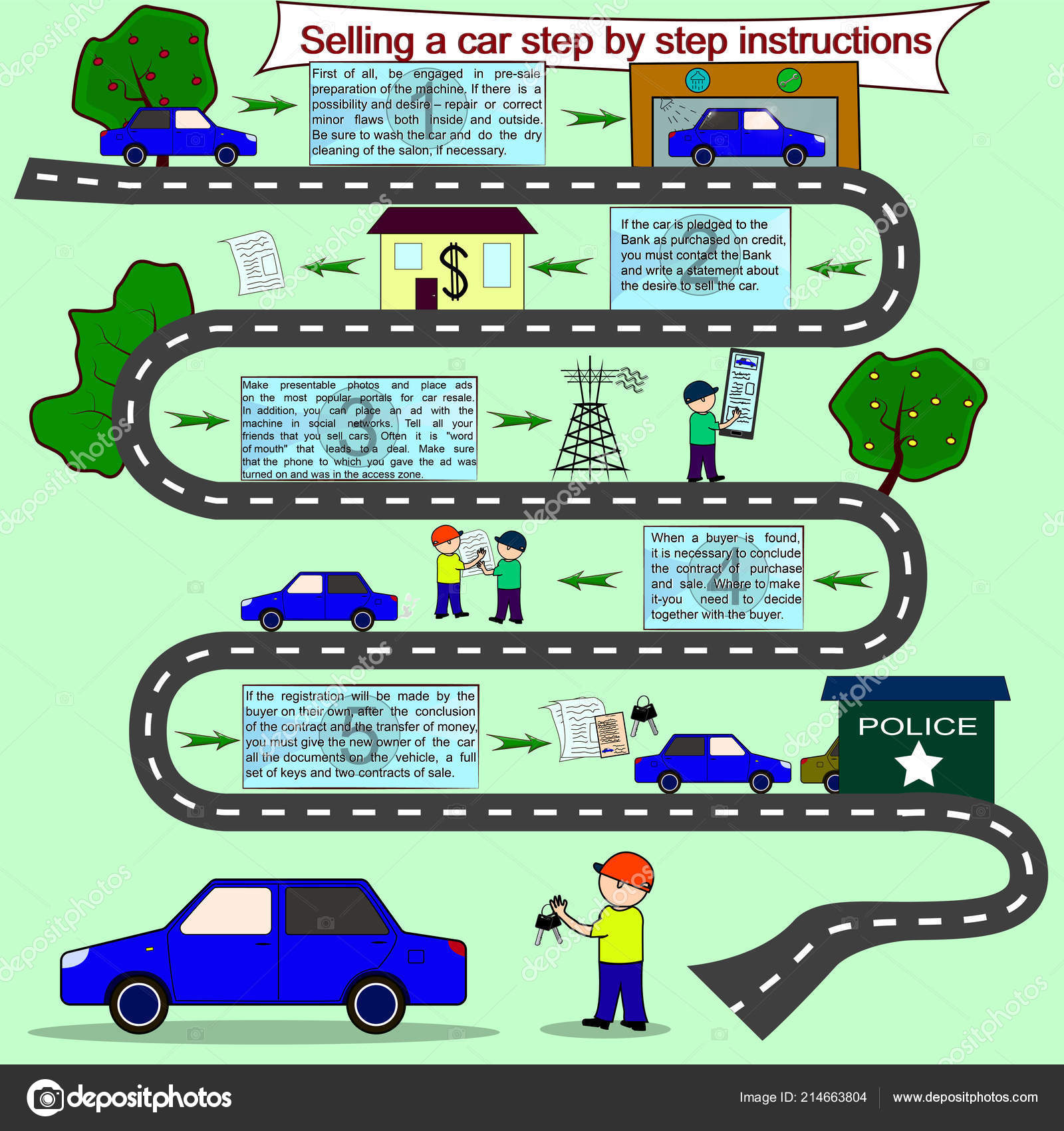Deciphering Your Lorry'S Warning Indicators: What They Really Symbolize
Deciphering Your Lorry'S Warning Indicators: What They Really Symbolize
Blog Article
Staff Writer-Lauritsen Alvarado
When you're behind the wheel, those glowing warning lights on your dashboard can be a little bit puzzling. Do you understand what they're attempting to tell you concerning your auto's wellness? Understanding wheel cleaning of these lights is crucial for your security and the long life of your vehicle. So, the next time among those lights pops up, would not you want to decode its message accurately and take the needed actions to address it?
Common Caution Lighting and Interpretations
Determine usual caution lights in your cars and truck and recognize their significances to ensure safe driving.
One of the most regular warning lights consist of the check engine light, which indicates concerns with the engine or discharges system. If this light comes on, it's essential to have your automobile checked without delay.
The oil stress warning light indicates low oil stress, needing prompt focus to stop engine damages.
A blinking battery light could recommend a damaged billing system, possibly leaving you stranded if not addressed.
The tire stress monitoring system (TPMS) light signals you to reduced tire pressure, impacting vehicle security and fuel efficiency. Overlooking this could result in dangerous driving problems.
The ABS light shows an issue with the anti-lock stopping system, jeopardizing your ability to stop rapidly in emergencies.
acp detailing but not least, the coolant temperature level advising light warns of engine getting too hot, which can result in serious damages if not settled quickly.
Comprehending these usual caution lights will help you address concerns quickly and keep secure driving conditions.
Importance of Prompt Interest
Comprehending the typical caution lights in your car is just the primary step; the importance of immediately resolving these warnings can't be highlighted sufficient to ensure your safety and security when driving.
When a warning light illuminates on your dashboard, it's your car's means of interacting a prospective concern that requires focus. Disregarding these warnings can lead to a lot more severe issues down the road, jeopardizing your safety and possibly costing you extra in repairs.
Prompt attention to advising lights can stop break downs and mishaps. For example, a blinking check engine light can show a misfire that, if left neglected, could create damages to the catalytic converter. Resolving this without delay can save you from a costly repair.
In a similar way, a brake system alerting light could indicate reduced brake fluid or worn brake pads, important parts for your safety and security when driving.
Do It Yourself Troubleshooting Tips
If you see a caution light on your control panel, there are a couple of do it yourself troubleshooting suggestions you can attempt prior to seeking expert help.
The first step is to consult your automobile's handbook to understand what the certain caution light shows. Often the concern can be as basic as a loose gas cap causing the check engine light. Tightening up the gas cap may resolve the problem.
One more common concern is a reduced battery, which can activate various advising lights. Examining the battery connections for rust and ensuring they're secure could deal with the issue.
If a caution light continues, you can try resetting it by separating the vehicle's battery for a couple of mins and afterwards reconnecting it. Additionally, examining your car's liquid levels, such as oil, coolant, and brake liquid, can aid fix cautioning lights related to these systems.
Conclusion
To conclude, understanding your cars and truck's warning lights is important for keeping your car running efficiently and safely. By without delay addressing these informs and knowing what they indicate, you can prevent pricey repair work and potential malfunctions.
car detail cleaning in mind to consult your cars and truck's manual for particular information on each alerting light and take action as necessary to guarantee a trouble-free driving experience.
Keep educated, remain secure on the road!
